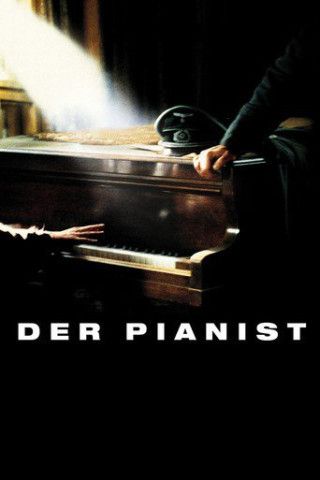Our Lives
Info, Dokumentation •
11.10.2024 • 20:30 - 21:00
Originaltitel
Our Lives
Produktionsland
GB
Produktionsdatum
2024
Info, Dokumentation
A rare look into the working world of the teams who are responsible for keeping the lights on in 208 lighthouses round the coast of Scotland and the Isle of Man. Established in 1786, the Northern Lighthouse Board's dedicated lighthouse keepers, along with technicians, engineers and generations of seafarers, have kept vessels, big and small, safe in navigating some of the world's most treacherous coastal waters. At their base in Oban on the west coast of Scotland, we meet the crew setting off for a month at sea on board the lighthouse supply vessel the Pharos as they voyage 160 miles to Chicken Rock, their southernmost lighthouse, off the coast of the Isle of Man. The 25-strong crew on the Pharos is headed up by the ship's bosun, Calum MacAulay. He works with his son Jack, who is the third generation of their family to work on the lighthouses. Jack, who recently passed his apprenticeship, has now been with the board for three years and is as passionate about lighthouses as his father and grandfather before him. Jack likes nothing more than sharing the stunning sights with his partner, who lives in South Africa. When Jack is not busy with the general maintenance of the ship, he spends his time on board learning Afrikaans in order to one day ask his girlfriend's father for his daughter's hand in marriage. Jack is also a keen amateur boxer, and after dinner every night, he heads down to the ship's hull for a gruelling round of skipping, shadow-boxing and bag work, which he admits helps both his physical and mental health while being away at sea for a month. We also meet the teams of mechanical and electrical engineers who both work and live in the historic lighthouses. These crews rely not only on the ships bringing essential supplies like batteries that power the light, but also the water which has to be pumped up into the lighthouse so that the lads living on site for up to a week at a time can all have showers. The ship's crew work hand in hand with helicopter pilots who transfer these supplies from the ship to the lighthouse, a task that would historically have to be done by skilled boatmen. At the Northern Lighthouse Board's Edinburgh headquarters, we meet lead design engineer Craig Field and project design engineer Colin Fender. Craig has worked for the board for 34 years and has been hitting the road, travelling the length and breadth of Scotland's coastline and regularly journeying down to the Isle of Man to oversee essential repairs, refurbishments and maintenance of the board's 208 lighthouses. Craig and Colin have worked together for 26 years, and their bond and easy banter are clear to see. We join Craig and Colin as they set off on a 260-mile road trip to Scotland's most north westerly mainland lighthouse: Cape Wrath on the tip of Sutherland. Their journey takes them up one of the most iconic tourist routes in Scotland, the North Coast 500. It's a stunning drive which Craig and Colin never get tired of and are still amazed that they 'get paid to do this'. However, the journey to Cape Wrath Lighthouse is beset with challenges, as there is no direct road that can take them the whole way. Instead, Craig and Colin meet the contractors at Keoldale and then have to rely on local ferryman Shifty to sail them, along with everything they need to carry out maintenance and live on site for a week. Craig and Colin have worked with contractors carrying out repairs at Cape Wrath Lighthouse for over a decade, and they've become good friends. One of Craig's favourite things to do when with the lads up at Cape Wrath is to hone his cooking skills and rustle up a curry for them all. The film highlights the importance lighthouses still have today in the age of GPS and underlines the dedication and hard work carried out by the teams whose year-long mission is to keep the lights on and our coastlines safe for vessels big and small, which for Craig and Calum has been their life's work.
Film-Archiv

No Hard Feelings
Komödie • 2023
Alles steht Kopf
Spielfilm • 2015

Joker
Thriller • 2019

Wo die Lüge hinfällt
Komödie • 2023

Thelma – Rache war nie süßer
Abenteuer • 2024

Twisters
Actionthriller • 2024

Der Pianist
Drama • 2002

Türkisch für Anfänger
Komödie • 2012

Eine Million Minuten
Drama • 2024

Wonka
Komödie • 2023

Arthur der Große
Drama • 2024

Deadpool & Wolverine
Sciencefiction-Komödie • 2024

The Creator
Scifi-Action • 2023

"Tár"
Drama • 2022




















